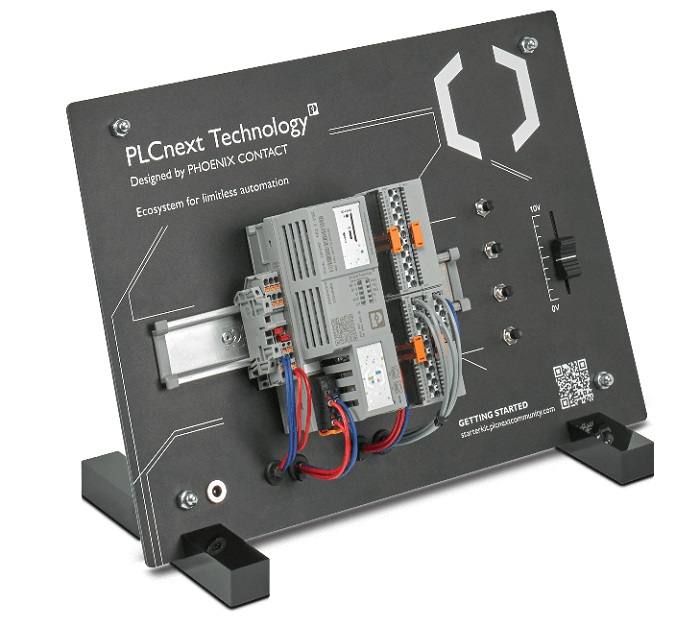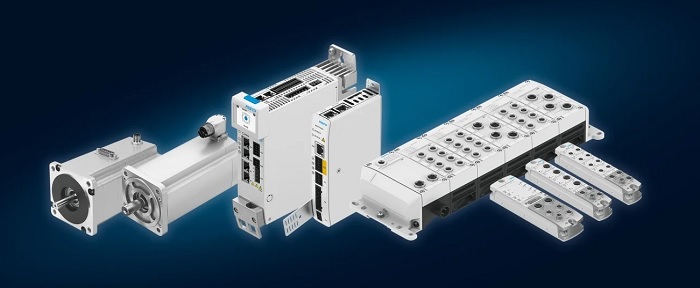Hannover Messe 24: Phoenix Contact and Festo Align Using PLCnext Tech
Festo adopts the open architecture of the PLCnext platform from Phoenix Contact to deliver cutting-edge automation solutions to customers who need connectivity in electric and pneumatic systems.
Festo and Phoenix Contact have joined forces to integrate Phoenix’s PLCnext technology into Festo’s end device and networking catalog. PLCnext is an industrial automation ecosystem including open hardware, modular software, a digital software marketplace, and community support. Embedded into Festo’s automation portfolio, PLCnext will provide an open, flexible architecture on which to design custom solutions that meet unique requirements. The duo announced this partnership on the opening day of the Hannover Messe show in Germany.
Phoenix Contact’s PLCnext Technology
The PLCnext system from Phoenix Contact is more than just a PLC that the name implies. Dual functionality exists between the IEC 61131 environment and the Linux-based operating system for application execution.
The IEC 61131-friendly environment enables traditional ladder logic and other industrial programming with troubleshooting capabilities that will seem familiar to experienced engineers in the field. As it stands, IEC 61131 languages hold a vast market share in industrial control applications, and many critical systems are built on this foundation.

Phoenix Contact’s PLCnext platform. Image used courtesy of Phoenix Contact
As technology progresses to more data-intensive tasks in the future, the expansion of capabilities is important to consider. Some of those tasks might involve storing and analyzing sensor data internally, connecting to a remote or cloud server to execute advanced algorithms, or taking advantage of vision processing for a more capable machine center. All of these tasks are prohibitively CPU-intensive for traditional PLCs.
PLCnext is designed with the standard ability to design and execute the logical machine-level code, but the Linux-based OS provides a framework for applications (apps) that solve all kinds of unique tasks. Think of it as modules for your PLC, except instead of hardware modules for I/O data that happens outside the machine, these are software modules for tasks that happen inside the machine and the network.
According to Frank Stührenberg, CEO of Phoenix Contact, it is critical for companies to cooperate closely with each other in order to achieve sustainable innovation, working together to provide more flexible open technology platforms.
Festo’s Automation Expertise
Festo’s specialty is providing control components that assist customers in the precise control of pneumatic and electric motion devices. This includes not only the end devices themselves (motors and actuators) but also the servo drives, valves, sensors, and I/O controllers that enable the operation of an entire automation system.
As the systems increase in complexity, the controllers must be able to adapt to rapid design and operational changes, while at the same time collecting and streamlining the flow of massive amounts of operational data. This demands close attention to the system architecture, and relying on the specialties of control system experts to provide quality equipment for control end device manufacturers, who can then pass this success to end users.

Festo provides an extensive lineup of electrical and pneumatic motion and control devices. Image used courtesy of Festo
Gerhard Borho, the Chief Information Technology and Digitalization Officer at Festo attests to the advantages that are afforded to end customers by taking advantage of the openness of a platform like PLCnext.
Collaboration Equals Success for Engineers
Relying on the success of others is a guaranteed recipe for outstanding results. Many companies share expertise between various subject areas to build better products, all for the benefit of the end user. Indeed, when a customer finds success with a new product, they are much more likely to use and recommend similar solutions to others.
In any modernized industry, it’s not enough for an automation solutions provider to simply develop raw components and leave customers to approach the complex integration challenges alone. These future smart devices from Festo are promised to ease the burden of collaboration between IT and OT applications with a safe, flexible, and more modern control architecture.

 Facebook
Facebook Google
Google GitHub
GitHub Linkedin
Linkedin








